6 Ways to Tell If a Home Has Good Bones
Whether you’re on the hunt for your next home or just casually perusing Zillow (yes, we do it too), it can be hard to know whether a property is a potential money pit or a diamond in the rough. Professionals in the industry know when a place has “good bones,” and so we’ve gathered together some of the go-to features we look for when scouting out a new space.
Strong Systems and Structure
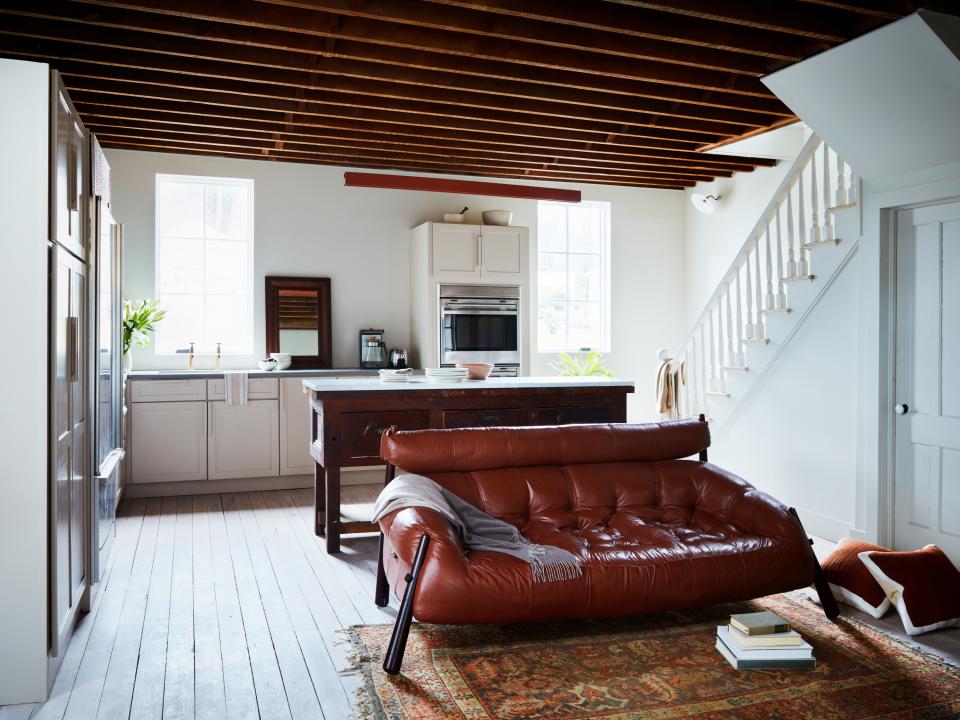
One of the major tenets of a home with good bones is that its structural, electrical, plumbing, and mechanical systems are in good condition—or that they’re there, period. These systems may seem invisible, but think of them as the vital organs of your home: You rarely notice them when everything is fine, but when there’s a problem it can be dire and often costly to repair.
The good news is that a lot of common signs of trouble with these systems can be easy to spot. Pay attention to inconsistencies and discoloration in finishes and structural elements, like uneven or sagging beams or floors, damp spots on ceilings, big cracks in plaster, or irregularities in the texture of wood beams, columns, and other elements. These could signal overloading of a structural system, ongoing leaks that damage floors and beams, issues at the building’s foundation, or even termites—all serious concerns! When in doubt, don’t be afraid to call in an expert.
Also keep your eyes peeled for what you aren’t seeing. If each room has a window-mounted air conditioner, that’s a sign there’s no central air conditioning system—not always a must-have, but definitely something to consider in certain climates. And if there is central air conditioning, it’s okay to ask how old it is.
Cosmetic Issues
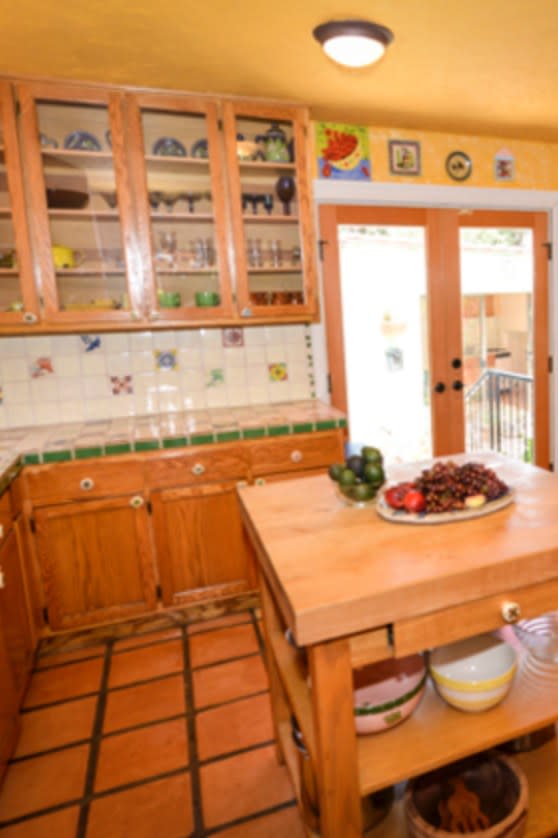
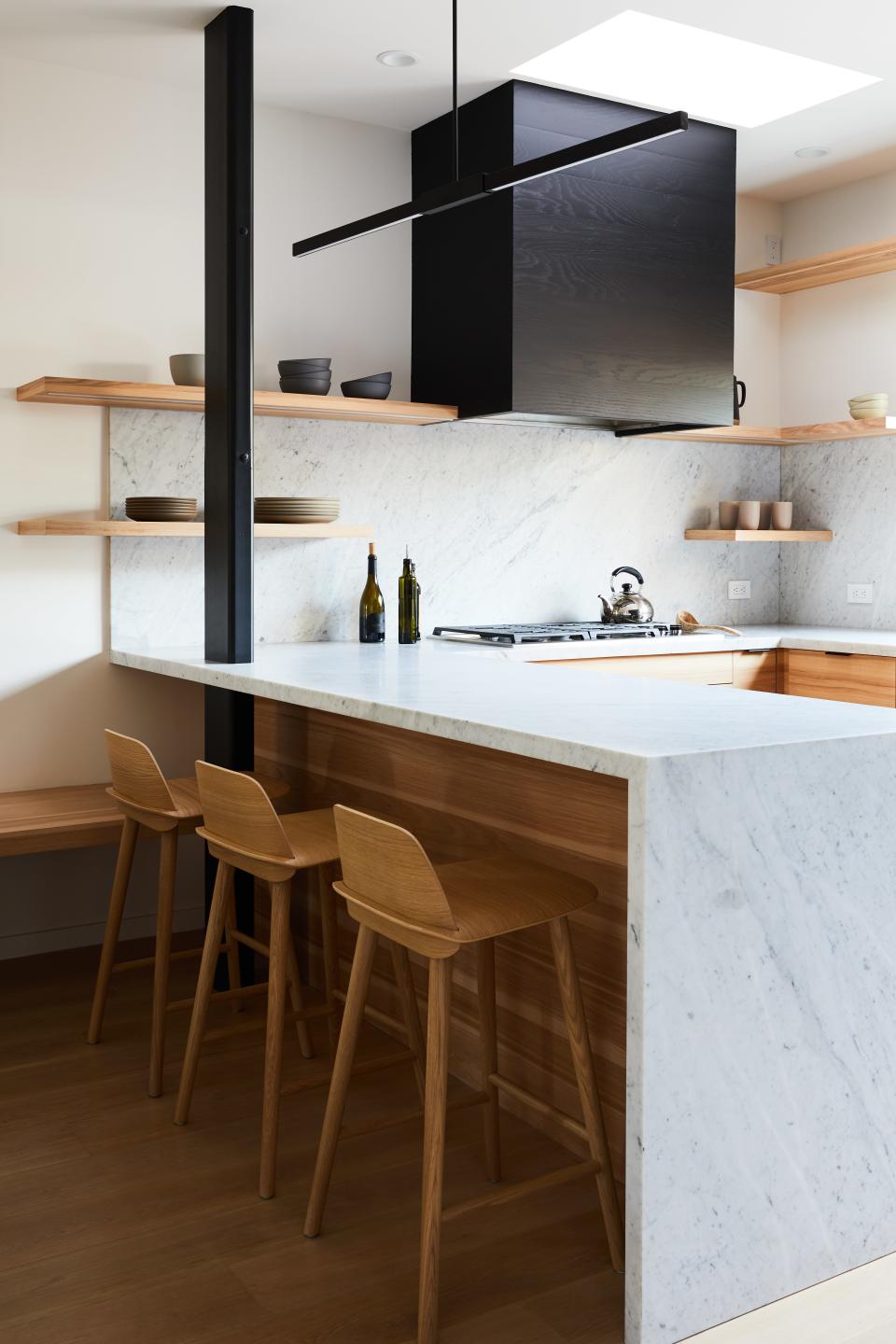
While midcentury modern has been back for some time and the 1980s Memphis style is making a comeback, there are definitely trends from the past that just don’t speak to us today. If you find a place that's filled with old tiles, dingy wallpaper, dark paint colors, or furniture and decor that isn’t your style, try to see beyond the puke green carpet or purple wall covering. Squint and imagine the space with gleaming hardwood floors and bright white walls. There, that’s better already, isn’t it?
Floor Plan
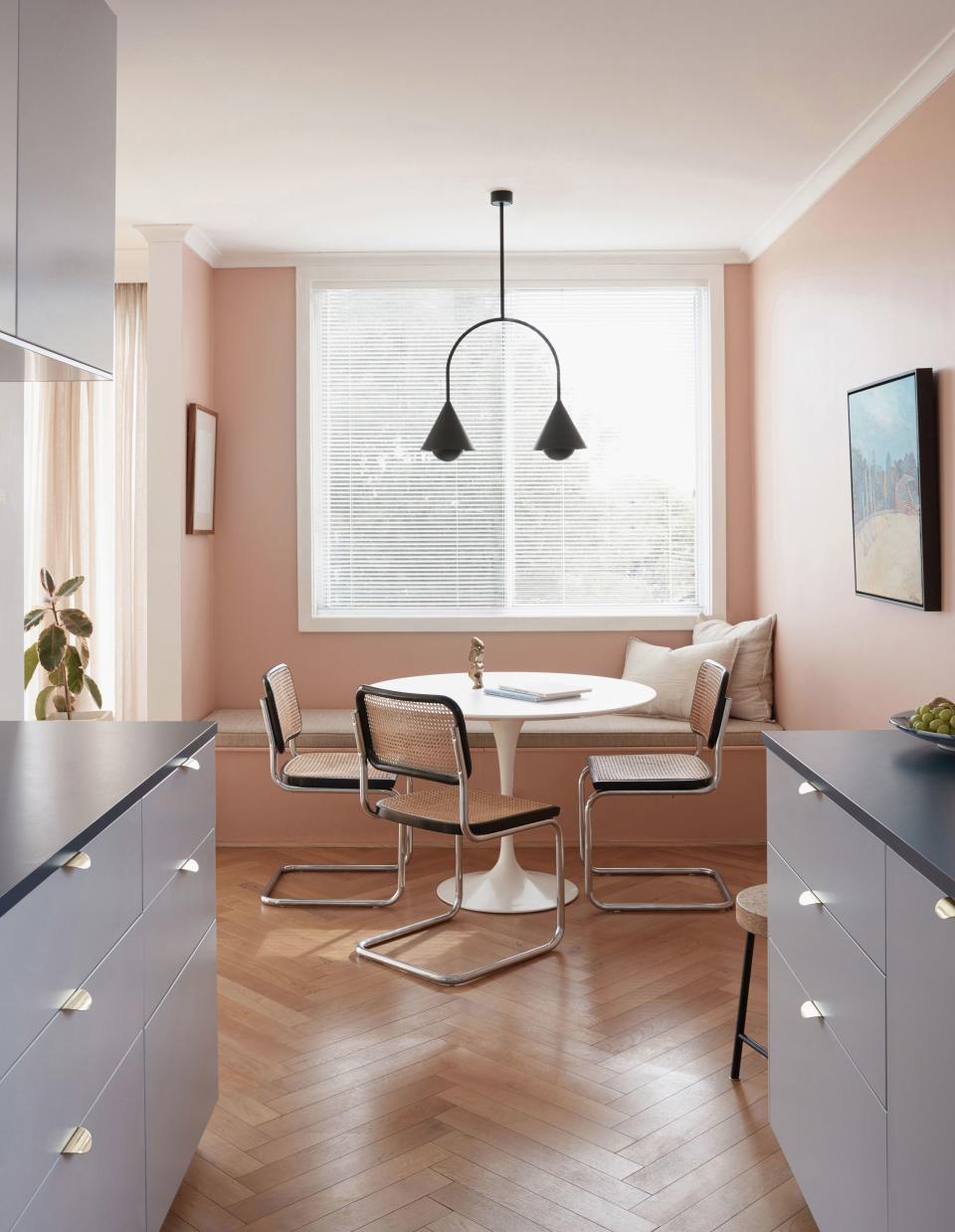
Once you’ve filtered out all the bad decor, consider the flow of rooms, their size and proportion, and any inefficiencies or wasted space. This is often easiest to do by looking at a floor plan, because you can quickly see adjacencies, funky-shaped rooms, and potential ways to recapture unused square footage. Are there four closets in a row next to the kitchen that could potentially be used to create more counter space? Is there a structural column that would get in the way of creating what you thought would be the perfect master suite? Finding these tricky spaces will have you feeling like a design pro in no time.
Natural Light and Views
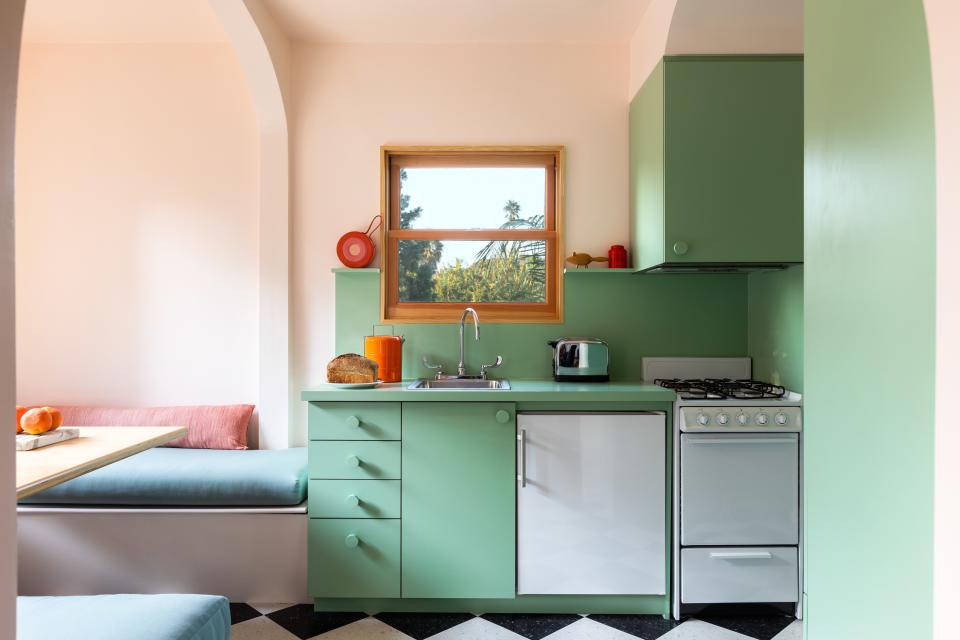
Another important element to consider is the location, size, and number of windows. Typically, windows that face south get lots of light throughout the day, while north-facing windows receive less daylight, and windows on the east and west get strong morning or afternoon light, respectively. Because it can be difficult and expensive (if not downright impossible, in some buildings) to add windows, think carefully about spaces that have few or no windows. Does the living room have a tiny north-facing window looking out to a brick wall, meaning that you’ll get virtually no natural light? Is there a perfectly placed window right over the outdated kitchen sink that would make washing dishes that much more pleasant? Look for these subtle signs of a great space that simply needs a cosmetic renovation.
Quality Finishes and Materials

Aesthetic choices aside, there is something to be said for finishes that have lasted through the years and have a timeless quality. Hardwood floors, solid wood doors, and thick masonry or plaster walls and molding are the kinds of elements that were built to last—and can be exponentially more expensive if you were to replace them today with something of a similar quality. What’s more, these can also bring a lot of charm and character to a space that can be hard to find elsewhere.
Location, Location, Location (and Orientation)
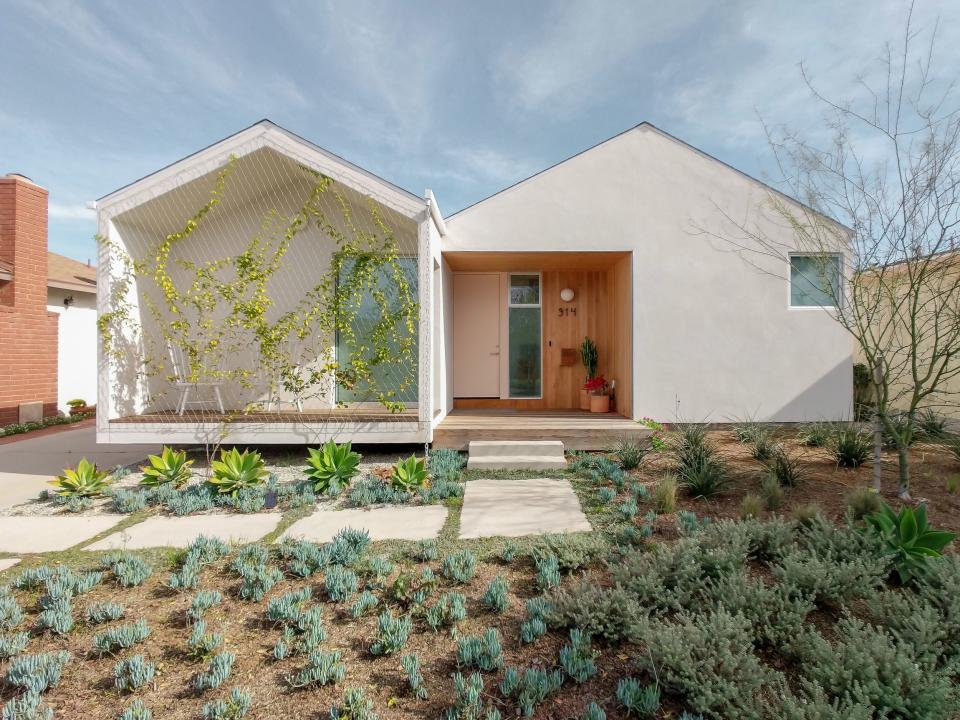
There are some things you just can’t change about a property, and where it’s located—and how it’s oriented on its site—is one of those things. You’ve heard it from every real estate agent, and they’re right: Location is (often) paramount. A beautifully laid out townhouse is suddenly not as perfect if it’s located far away from where you were looking, and a home in the ideal neighborhood that was placed on its lot so that it almost abuts its neighbor can be similarly unappealing.
Still not sure if you found a hidden gem or renovation black hole? Take a look at some of our favorite before-and-after renovation projects and remodels for some inspiration.
Originally Appeared on Architectural Digest

